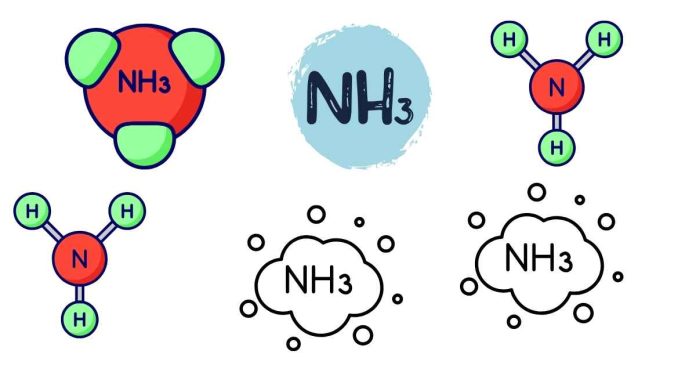Ammonia (NH₃) is polar due to its molecular geometry and the electronegativity difference between nitrogen and hydrogen.
Why NH₃ is Polar:
- Molecular Geometry:
NH₃ has a trigonal pyramidal shape because of the lone pair of electrons on the nitrogen atom. This lone pair pushes the three hydrogen atoms downward, creating an asymmetrical structure. - Electronegativity Difference:
Nitrogen is more electronegative (3.04 on the Pauling scale) than hydrogen (2.20). This difference causes the nitrogen-hydrogen bonds to be polar, with nitrogen pulling the bonding electrons closer to itself. - Net Dipole Moment:
The asymmetry of the trigonal pyramidal shape ensures that the individual dipoles from the N-H bonds do not cancel out. This results in a net dipole moment, making NH₃ polar.
In summary, NH₃ is a polar molecule due to its asymmetric shape and polar bonds.


